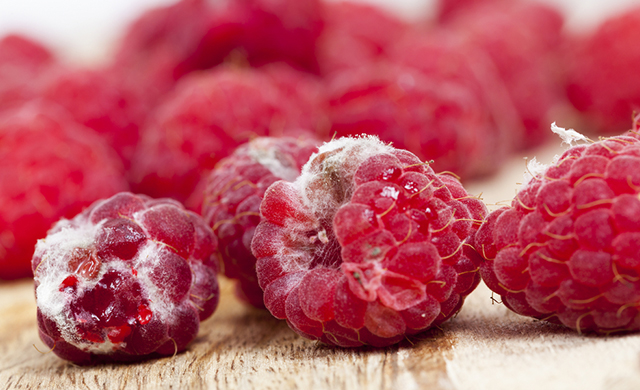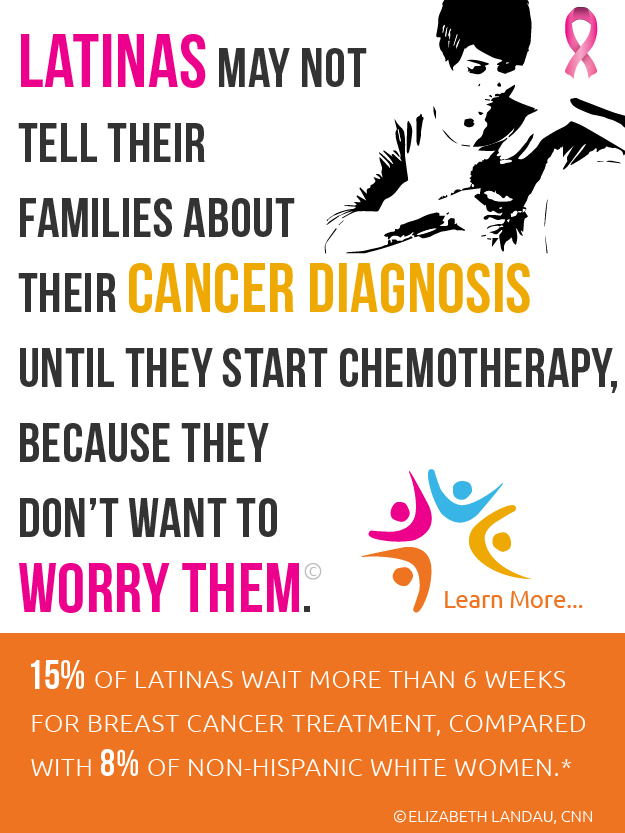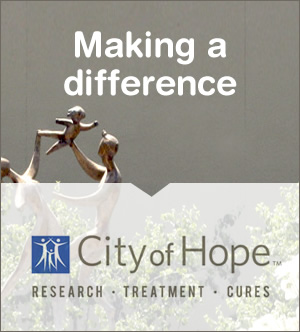
What Happens If You Eat Mold?
01/28/2020 06:00AM | 8176 viewsEating mold sounds pretty scary, but chances are you've probably done it once or twice without even realizing it. When cleaning out your fridge, you toss the obvious, clearly ancient items coated in something that's green, gray, or fuzzy, and almost always gross.
But what if you reallllly want to eat the rest of that cheese? Or, worse, what if you miss it and accidentally eat mold?
What is mold, exactly?
Mold is microscopic fungi that can grow on plants or animal materials, according to the United States Department of Agriculture Food Safety and Inspection Service (USDA). It grows in a threadlike shape with branches and roots that can grow deep into a food. Mold spores are the reproductive "seeds" of mold that can travel through the air and land on substances, and then grow into mold.
Is mold dangerous?
Yes and no. While some types of mold have no effect on your health at all, others can cause allergic reactions and respiratory infections. The latter is typically the case with "black mold," which is more likely to be found in wet building materials than food (thankfully!) and can lead to a particularly dangerous type of respiratory infection. (More on that here: Are Those Allergy Symptoms Triggered By Hidden Mold in Your Home?)
Other types of mold can produce poisonous substances that can make you sick. Known as mycotoxins, these invisible molecules are most commonly found on grains and fresh produce and are considered relatively unavoidable by the USDA. Molds can also be found in the air, in our refrigerators, on counter-tops, and even the sponges we clean with, according to Carla Gervasio, a doctor of Oriental medicine.
On the other hand, certain foods are moldy by nature and actually require mold to grow properly. Blue-veined cheese such as Roquefort, blue, Gorgonzola, and Stilton are created by the introduction of P.roqueforti or Penicillium roquefortispores, specifically, which are safe to eat and are essential for manufacturing these specific types of cheeses.
Is it safe to eat moldy food?
Raise your hand 🙋 if you usually just chop off the moldy spot and move on. Same. However, because molds grow in threadlike shapes with roots that can reach throughout the item, your safest bet is to just throw it away.
If you can't bear parting with that whole block of cheddar, there's some good news: Some foods, such as firm fruits and veggies (think: carrots and cabbage) and hard cheeses and salamis can be salvaged by cutting "at least 1 inch around and below the mold spot," according to the USDA. Just be sure to keep the knife out of the mold as to not spread the yuck.
Softer foods (such as bread) and those with higher moisture content (such as yogurt and jarred or canned goods) should definitely be discarded if you spot any mold, since it's easier for the mold to penetrate more deeply in these items versus harder foods. The same is true for meat and poultry; you should toss it. Uncooked meat and poultry have a high moisture content, making it easy for mold to spread, and cooked/leftover meat and poultry can have bacteria growing along with the mold, according to the USDA.
What happens if you accidentally eat mold?
Don't panic—chances are, not much. However, remember that mold is a tricky organism with the potential to cause disease. Your body's response to mold intake is almost entirely dependent on your immune system, says Marina Yuabova, D.N.P., a doctor of nursing practice and nurse practitioner in New York City.
"When the immune system works well, and healthy gut flora is abundant, molds will have no negative impact on the health and wellness of that individual," says Yuabova. "In the case of people whose immune systems are weak, ingested fungal spores could cause more severe issues. When fungal invasion becomes systemic, the fungus can invade the digestive tract, upper respiratory tract, and brain; those cases become more serious."
If you know you have a weak immune system (perhaps due to a chronic condition) or a history of asthma or allergies, it's a good idea to call your doctor and seek treatment, if necessary. (Eaten something included in a food recall? Here's what to do.)
Either way, you should definitely keep an eye out for symptoms of an adverse reaction, which can mimic those of food poisoning (ex: nausea, vomiting, fever, diarrhea, headache, and dizziness), says Lisa Richards, a certified nutritionist and creator of the Candida Diet, which focuses on restoring the body's balance of healthy gut bacteria. Most of the time, if you accidentally consume mold, you should just let the symptoms pass, says Richards. "But if you notice gastrointestinal symptoms, it's a good idea to add a probiotic into your health regimen and follow a fairly bland diet to help replenish the healthy bacteria in your gut," she says. (BTW, here's how to spot the difference between food poisoning and the stomach flu.)
How can you keep food from getting moldy?
Two words: proper storage.
Mold loves humidity and warmth, but it can grow in virtually any environment—it can tolerate colder temps too, so refrigerated items are just as much at risk as those kept at room temperature. When the spores dry, they "float through the air and find suitable conditions where they can start the growth cycle again, according to the USDA. To prevent this, the USDA recommends that you keep food covered when serving, refrigerate any perishables promptly, avoid leaving food out for more than two hours, and keep both the refrigerator and pantry clean. (Related: Cleaning Products That Could Be Bad For Your Health—and What to Use Instead)
When you're grocery shopping, take care to examine your food before buying and avoid any bruised produce. Although bruised fruit doesn't always mean it's moldy, bruising is a breakdown in the cellular makeup of the fruit and does indicate some sort of damage, which can be an opportunity for mold to grow. It's also helpful to purchase food in smaller quantities, so you're more likely to eat it before anything grows and you're forced to waste leftovers. (Related: How to Use "Root to Stem" Cooking to Cut Down On Food Waste)
The bottom line? Mold is ever-present in our world and can even be beneficial to some foods (hello blue cheese!), and if you accidentally eat mold, you'll probably be fine. But, when in doubt, just toss it.











Post your Comment
Please login or sign up to comment
Comments